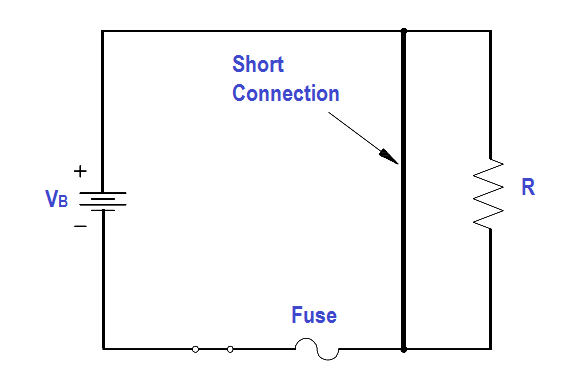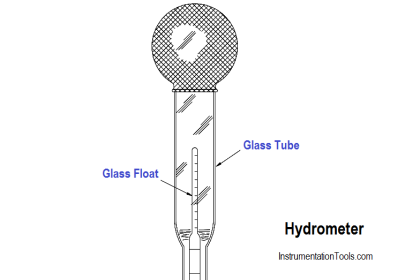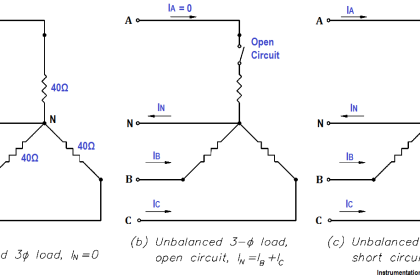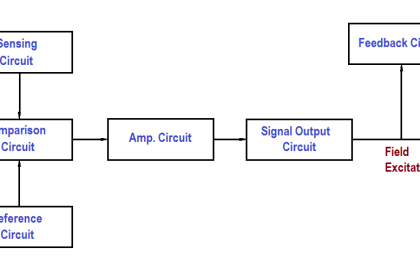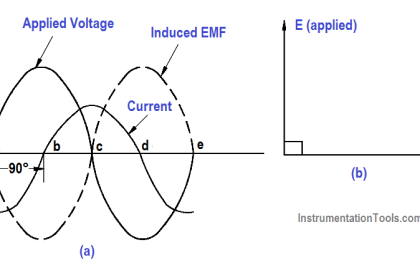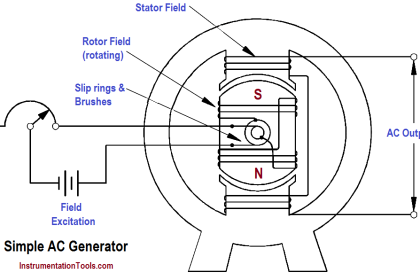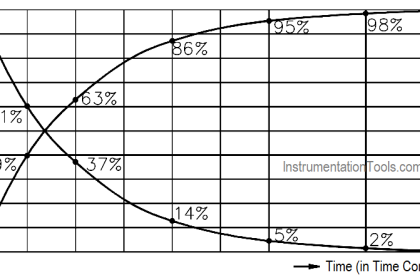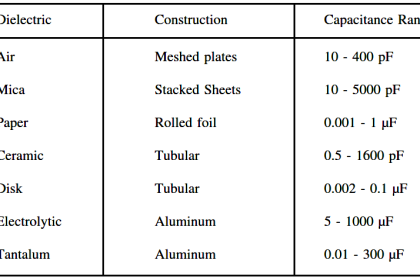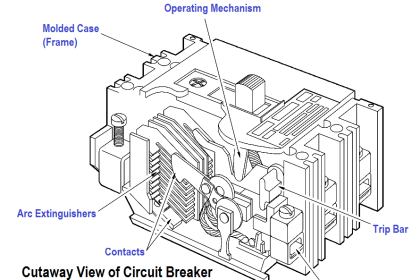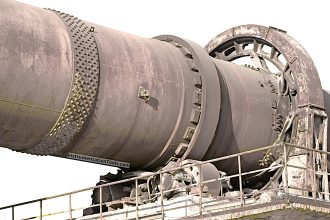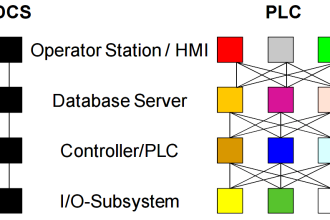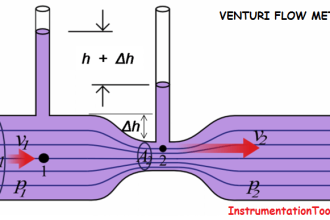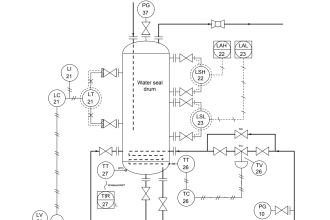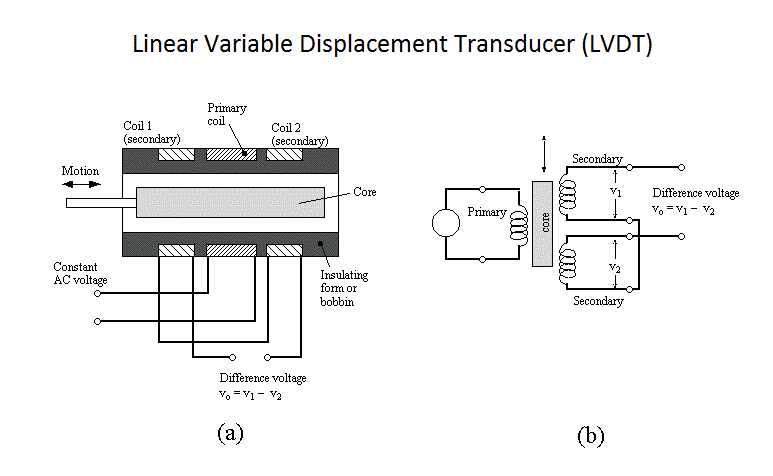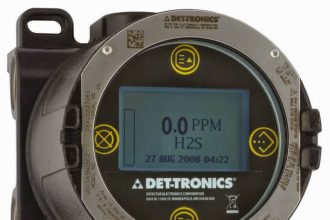Faults within a DC circuit will cause various effects, depending upon the nature of the fault. An understanding of the effects of these faults is necessary to fully understand DC circuit operation.
Series Short Circuit
In a DC circuit, the only current limit is the circuit resistance. If there is no resistance in a circuit, or if the resistance suddenly becomes zero, a very large current will flow. This condition of very low resistance and high current flow is known as a “short circuit” (Figure 56).
Figure 56 : Shorted DC Circuit
A short circuit is said to exist if the circuit resistance is so low that current increases to a point where damage can occur to circuit components. With an increase in circuit current flow, the terminal voltage of the energy source will decrease. This occurs due to the internal resistance of the energy source causing an increased voltage drop within the energy source. The increased current flow resulting from a short circuit can damage power sources, burn insulation, and start fires. Fuses are provided in circuits to protect against short circuits.
